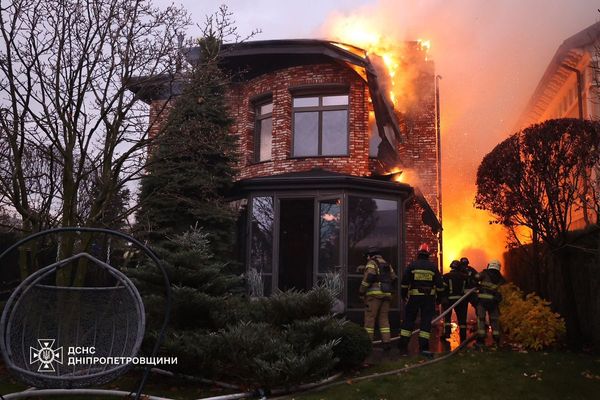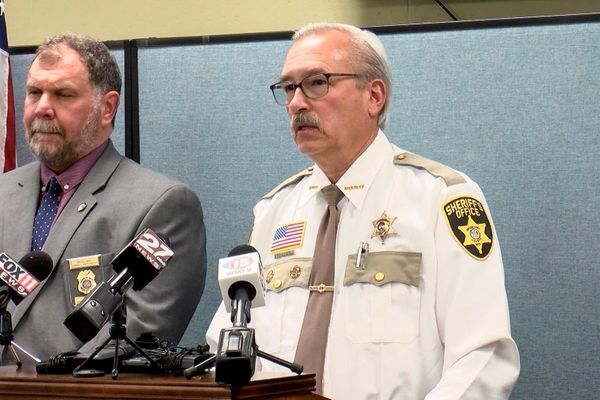
With natural disasters on the rise and more Australians living in areas prone to extreme events, researchers have developed a ground-breaking teaching tool to help children stay safe in crisis situations.
Developed at the University of South Australia, the virtual reality technology is designed to educate 10- to 12-year-olds on what to do as a bushfire unfolds.
The kids are presented with a VR scenario around looking after a friend’s dog, Bella, and tasked with a series of problem-solving activities to help protect themselves as well as the pet.
PhD candidate Safa Molan and supervisor Professor Delene Weber say the immersive experience can deliver significant learning outcomes independent of children’s gender, background knowledge or perceived ability to respond to hazards.
More than 80 per cent of the kids who took part from Adelaide’s Mawson Lakes Primary School agreed or strongly agreed they felt more confident to calmly evaluate options and make wise decisions.
Nine in 10 of them lacked any original knowledge of fires and two-thirds had thought themselves too young to make safety decisions in a fire.
The researchers believe immersive VR experiences have real potential to engage, educate and empower the young.
“As digital natives, they are engaged by technology, so when it’s immersive … they can experience events realistically yet within safe parameters,” Prof Weber said.
“Well-designed VR can provide an opportunity for children to apply newly acquired knowledge, reinforce their learnt concepts and enable immediate feedback – all incredibly valuable learning tools.”
Otherwise vulnerable kids who trialled the scenario achieved higher order learning skills like analysis and the application of information to a new situation.
“Because children have fewer life experiences to build resilience, aren’t as physically strong and are less likely to have learned much about bushfire safety, they’re often most at risk,” Prof Weber said.
“Yet the capacity for children to contribute to bushfire safety at their household level should not be underestimated.”
It is hoped the technology will also be applied to flood and war environment scenarios.







